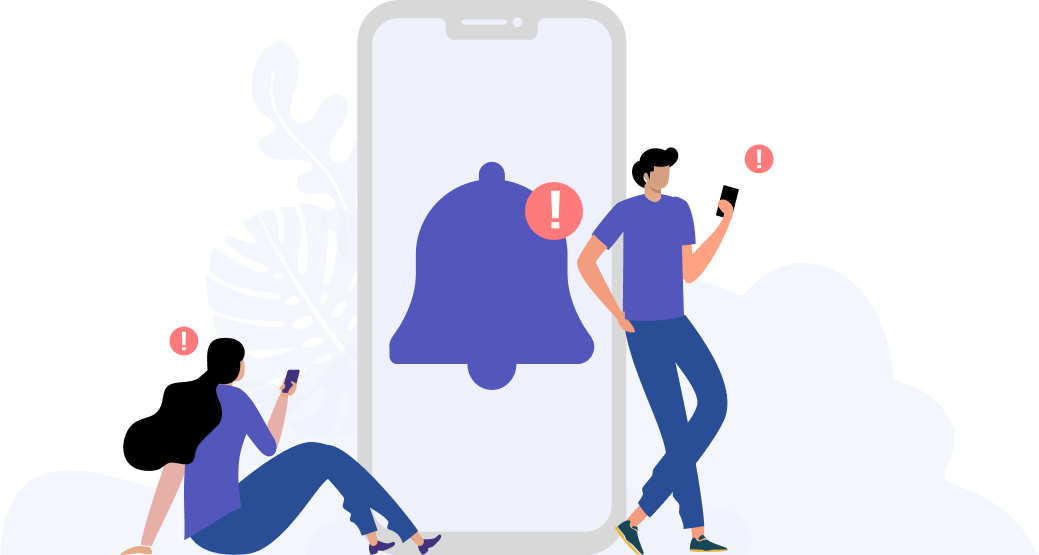3 Ways too much Screen Time can Hurt your Kids’ Eyes

As parents whose children are growing up in the midst of the digital age and a pandemic, we are faced with a new type of challenge – getting our children to put down their smartphones and get up and moving.
The addictive nature of mobile devices is undeniable. Throw in the stay home measures that have made it mandatory our kids to be cooped up with their devices into the mix, and you have a recipe for disaster.
In fact, in Singapore, our research has shown an increase in screen time of almost 20% for both children and adults during the pandemic! This is particularly worrying given that research has found that even 2-year olds are already spending at least 2 hours in front of screens, with screen time increasing to more than 7 hours in teenagers.
Just how bad is too much screen time for our little ones?
The Collateral Damage: Their Eyes
Screen time affects our children’s still-developing eyes in many ways.
1. Near-sightedness (Myopia)
Near-work was known to be one of the most important risk factors for the onset and progression of myopia even before the smart device revolution! For instance, behaviours like more time spent reading, poor reading posture, and a closer viewing distance has been found to be particularly problematic. Adding to the problem is that more time on near-work is linked to less time outdoors, which is another risk factor of myopia.
Screen-based activities is a new form of near-work, and children who use devices tend to do so indoors for long uninterrupted periods with poor posture and at viewing distances closer than conventional books.
Without early intervention, especially when it comes to our children’s device habits, myopia can lead to sight-threatening high myopia and even blindness in some cases.
Learn more: Want to prevent myopia from developing in your child?
2. Digital Eye Strain (DES)
For adults and children alike, excessive screen time is also associated with digital eye strain (DES), which is a group of eye-related problems resulting from prolonged screen time.
In fact, research from South Korea has found that children who spend three or more hours on screens each day have a 13-fold greater risk of developing DES. The symptoms of DES include eye irritation, burning, dryness, redness, sensitivity to light and a loss of the eye’s ability to focus correctly, resulting in blurred vision and headaches, sometimes mimicking that of a migraine.
Read more: How to get rid of dry eyes
3. Beyond their Eyes: ‘Text Neck’ and ‘Smartphone thumb’
Have your children ever complained about stiff necks and/or fingers? These should not be dismissed as regular aches and pains; they have long term consequences on their necks and spines!
In fact, these issues are becoming so pervasive and problematic, that ‘text neck’ and ‘smartphone thumb’ are now common terms used to describe them by health care professionals.
Your little one develops ‘text neck’when he/she slouches and bend their heads down and forward during extended periods of smart device use. Text neck leads to rounded shoulders, tenderness, stiffness, soreness and weakness in the neck, back and shoulder muscles, as well as reduced neck mobility.
‘Smartphone thumb’ on the other hand is a type of tendinitis caused by the repetitive motion of typing on a flat smartphone screen, which affects the wrist joint and causes pain around the thumb.
Nipping it in the bud
“The childhood shows the man as morning shows the day”
– John Milton

We couldn’t have said it better. Given the collateral damage that our children are susceptible to, addressing their unhealthy relationship with technology early on is essential. Educating your child on the importance of a healthy relationship with their devices is an important step in setting them up for a lifetime of healthy eyes!
Tools Designed for Healthier Eyes
Explore our specifically designed products and services backed by eye health professionals to help keep your children safe online and their eyes healthy.





